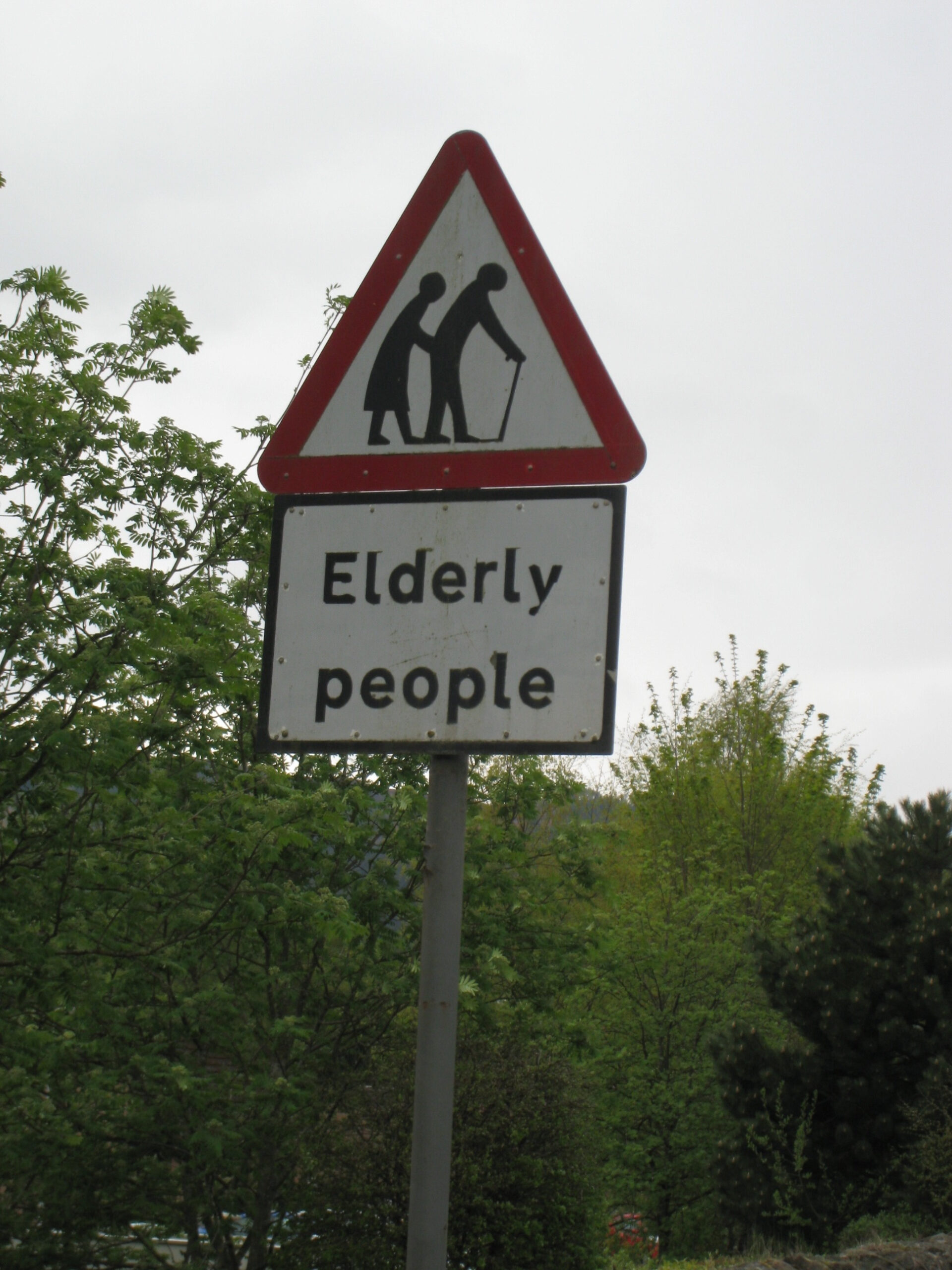With a rapidly greying of the population, most communities should have a fair sprinkling of seniors living amongst families with young or growing children but more often than not, housing for older adults is segregated and today’s youth may have very little interaction with adults over the age of 65.
Cross generational interaction is mutually beneficial for seniors and young people. But with so many seniors moving into retirement communities, the opportunity to learn and grow from people of different eras is quickly shrinking. According to a 2011 Metlife study, nearly a third of people over 55 in American live in communities comprised of only people over the age of 55. Without an ongoing dialogue between the generations, stereotypes can take root and widen the divide between young and old.
There are some innovative approaches on the horizon to help older people and young people connect by sharing accommodations. Builders are starting to create housing that meets the needs of multiple generations, including aging parents, caregivers or grown children who return home after college. And homesharing services like Nesterly, allow younger people to find a place to stay in the home of a older adult where they may reduce the rent they pay by helping around the house. Both generations have an opportunity to learn from one another and build friendships.
In Chigago, a non-profit housing facility has combined residents of varying ages in a multigenerational arrangement that gives free room and board to students in exchange for helping to clean, do laundry and take turns cooking weekend meals. For older adults with a low income who can’t afford private home care, intergenerational homesharing projects can be a life saver. Residents are all thoroughly screened and a coordinator lives on-site to make sure the arrangement run smoothly.
Blending generations not only allows people from different backgrounds and experiences to get to know and understand one another better, it may also help to break down racial and ethnic barriers. A large share of seniors in the U.S. and Canada are white, while more young people are minorities. When the groups mix with a common goal, they become less fearful and more empathetic towards one another, according to a report by Generations United, (a division of the Eisner Foundation), I Need You, You Need Me: The Young, The Old, and What We Can Achieve Together.






Add Your Voice
0 Comments
Join the Discussion